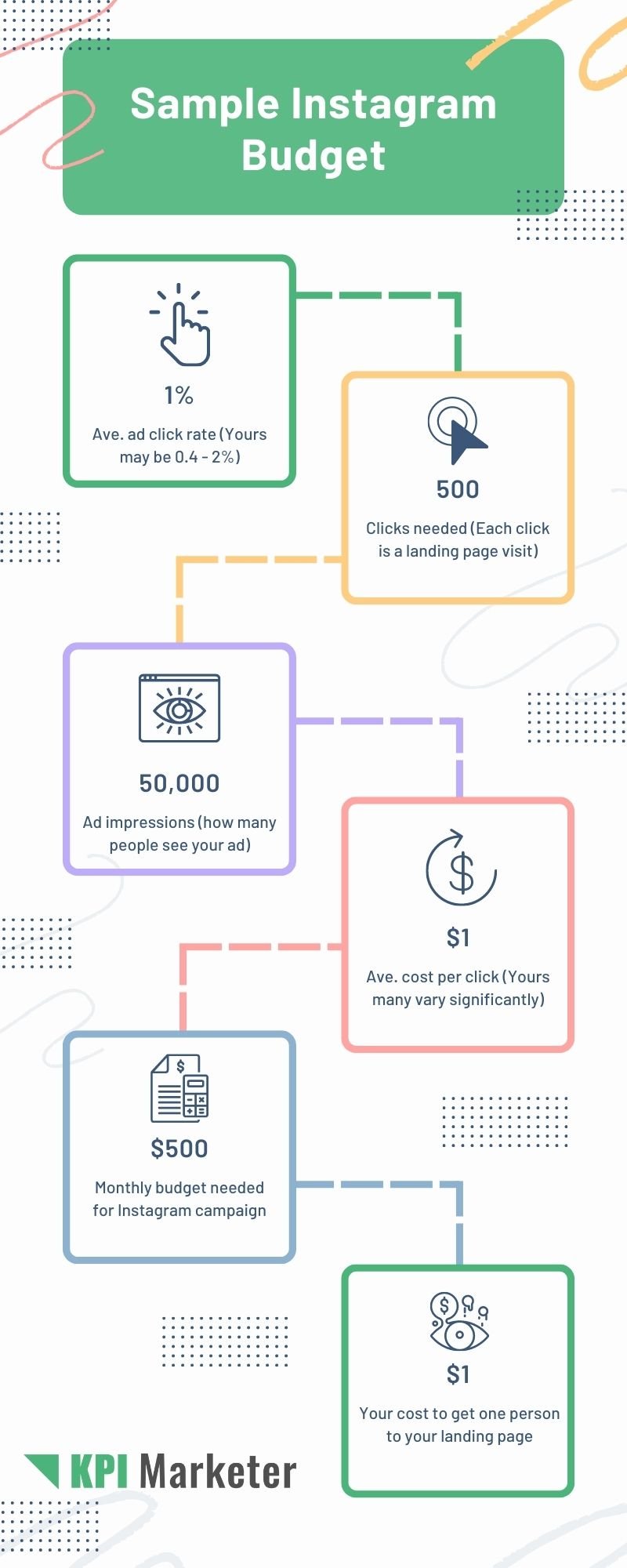Create and Execute a Transformative Marketing Strategy
No matter what stage your business is in, you need a marketing strategy.
Understanding where you are and where you want to be is crucial for any successful business, whether yours is a startup, ready to grow, or ready to transition more towards digital marketing.


What is a Marketing Strategy?
A marketing strategy is a plan to help you reach a defined goal. In its simplest form a marketing strategy is a document that identifies goals, sets timelines, and considers what you do well and what you can improve.
Strategy is a way of describing where you’re going. An easy way to think strategically is to ask yourself, “Where do I want my business to be twelve months from now?” When you answer this question you are identifying strategic goals. When you put those goals in writing, you have started building your marketing strategy.
A good marketing strategy should cover at minimum three months, and usually six months to a year.
Are All Marketing Strategies Digital These Days?
Digital marketing has seen almost unbelievable growth in the last decade. It has become normal to think of marketing as interchangeable with digital marketing. And, you will almost certainly have digital marketing goals in your strategy, such as, “I want to increase my website traffic by 100% this year.”
It’s important to remember, though, that digital marketing isn’t all-inclusive. Some companies continue to benefit from more traditional marketing techniques like radio and print advertising, sponsoring local events, and other things not based entirely on the web.

What is a Marketing Campaign?
A marketing campaign is a specific portion of your marketing strategy. In other words, it is one way you can meet your goals. To build on our example goal of increasing web traffic, we might say, “I will create an email marketing campaign that showcases the products and services we offer.
To do this, you would write a series of emails, each highlighting some benefit people may not know about. You might send a new email each week. Using an Email Marketing Platform you can set these up in advance and tract key performance indicators like open rate and click rate. Each click represents traffic to your site that may not have happened without the email.
What Should a Marketing Strategy Contain?
You can find lots of marketing strategy examples just by searching. But, there are some things you will want to include in yours. At minimum, your marketing strategy should include:
1
A Brief Overview of Your Business.
Right. You already know about your business because, well, it’s yours. But, by writing it down you prompt yourself to think about it objectively. Understanding, in writing, the state of your business is an important step in defining meaningful, and reachable, goals.
2
A Description of Your Target Audience
Think about your current customers and clients. How would you describe your ideal customer? It is perfectly okay to be specific here, because these are the people you will try to reach in your marketing campaigns.
For example, if you sell auto parts in Grovetown, Georgia, you might write, “Our target audience includes auto mechanics within a 30-mile radius of our physical locations. Other consumers who fit our customer profile are residents of Grovetown who are interested in cars, are do-it-yourselfers, whose hobby is tinkering in the garage.”
If you sell a digital product or service, location might not be as important for your customer base. If you offer a course on web design for beginners, for example, you might say, “Our target audience consists of English-speaking people who want to start their own business and prefer to build their website themselves. This may include stay-at-home parents, people tired of corporate jobs, or people who want to control their own career."
3
Two or Three Goals
These are high-level objectives you have, like doubling your website traffic. However, it’s important to be specific here. Not only should you describe your goals, you should also frame them in the timeline you’ve chosen for your marketing strategy. And, you should be clear how you will measure success for each one. For example, you might say, “Over the next twelve months I will increase my website traffic by 100% as measured by average weekly users and sessions.”
4
Go ahead, Do a SWOT Analysis
Sure, it’s a pain, but this is yet another exercise that is worthwhile because it makes you think about the state of your business and where you want it to be.
Listing your strengths and weaknesses, and visualizing your opportunities and threats is a good way to validate your goals are meaningful.
5
Identify How You Will Promote Your Business and the Channels You Will Use
As mentioned above, perhaps you have set a goal of doubling your site traffic, and you have chosen to do that in part through an email marketing campaign. Don’t leave it there. Instead, fill in some details, like, “Each week, at 10:00am on Wednesday, we will send a product highlight email to our customer and prospect list using ActiveCampaign.”
Or, you might say, “Three times each week we will post a new product highlight on Facebook that includes an image of the product, a brief description of the benefit, and a link to more information.”
6

Define a Budget and Have Some Fun With It
Including a budget in your marketing strategy helps you understand how much it might cost to get from where you are now to where you want to be. There are plenty of varying views on how to approach your marketing budget. For this exercise, I say, have some fun with it.
Don’t misunderstand: You should be clear about what your spending limits are. But, if you are just starting out, you may not have data that shows you what works and what isn’t so effective. So, play with the numbers. For example, you might say, “If an average Instagram ad click rate is 1%, I need 1,000 views to get 10 people to my site’s landing page. So, if I want 500 more visits per month, I need to reach 50,000 people per month.
Well, it may cost in the neighborhood of $1.00 per click, so, your Instagram budget might then be $500 per month.
In this scenario, you’re spending a dollar to get a visitor to your site.
NEXT
Learn how to put your strategy into action
Discover how to develop marketing tactics to execute your plan here.
